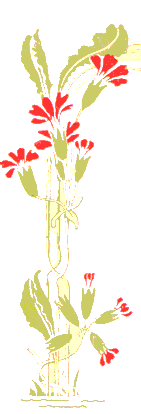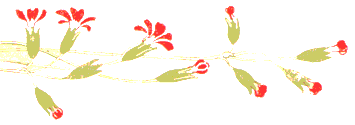

The word Brahmam is derived from the root, Brh, meaning to expand, to increase, to enlarge etc. Brhath means big, enlarged, gross, high etc. Purusha has its root, Pri meaning to fill, to complete. Pur means a town 'full' of inhabitants, that is to say the body, in a figurative manner of speaking. He who completes or is immanent in or who fills it, the Purusha.
The word Atma has, as its root Aap meaning to acquire, to earn, to conquer, to overcome etc. He who knows the Atma can earn all knowledge, has acquired everything, has earned the knowledge of everything because the Atma is omnipresent. He is then fixed in Sath-Chith-Ananda; that is, in the embodiment of Brahmam. Sath is the essence of Santham; Chith is the essence of Jnanam; these and Ananda together form the Swaroopa of Brahmam, or the embodiment of Brahmam.
The Taittiriya Upanishad has declared, "Through Ananda, all this is born; through Ananda all this is living; in Ananda alone all this is merged; in Ananda all this rests". Like the category Brahmam, the category Anthar-Atma also is possessed of the same attributes. It is also Ananda-born, Ananda-full and Ananda-merged. The more the Jnana, the more the awareness of the Ananda. The Jnani has Joy as his right hand, helpful in all emergencies and always willing and able to come to his rescue.
Bhoomaa means 'limitless'. The Chandogya Upanishad declares that Ananda
inheres only in the Bhoomaa, the Eternal, the Brahmam. Again, another
word used by Jnanis to describe their experience of Brahmam is Jyotiswarupa,
meaning, 'whose nature is splendour, glory or effulgence, who is Illumination
itself'. Ten million suns cannot equal the Splendour of the Param-Atma.
The word Santhiswarupa indicates that It is Santhi Itself. In Sruthi texts
like Ayam Ayma Saantho... etc., it is proclaimed that Paramatman is Prasanthi
itself. ![]()